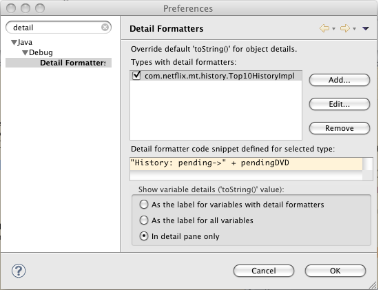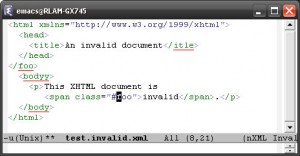 Today marks the 10th anniversary of the launch of Mozilla project. I still was with Netscape that faithful day: March 31, 1998. I still remember the big engineering gathering announcing the move. Open source by a commercial software company was pretty much unheard of at the time. The decision to open source the browser code was both controversial. It was a difficult time for Netscape– Microsoft IE was cannibalizing Navigator’s market share and there was no light at the end of the tunnel. By some account, once mighty Navigator’s market share had perilously fallen to 20% at that time– an astounding decline no matter how one looked at it.
Today marks the 10th anniversary of the launch of Mozilla project. I still was with Netscape that faithful day: March 31, 1998. I still remember the big engineering gathering announcing the move. Open source by a commercial software company was pretty much unheard of at the time. The decision to open source the browser code was both controversial. It was a difficult time for Netscape– Microsoft IE was cannibalizing Navigator’s market share and there was no light at the end of the tunnel. By some account, once mighty Navigator’s market share had perilously fallen to 20% at that time– an astounding decline no matter how one looked at it.
Giving away many man-years of commercial code seemed illogical even to me at that time. But an essay by Eric Raymond called “The Cathedral and the Bazaar” became very instrumental in the push toward open source. Raymond’s main point was that “given enough eyeballs, all bugs are shallow.” I remember, the client team had to spend months cleaning up the code. In particular, there were a lot of comments that the public might deem inappropriate. Many people expected the open source community will immediate embrace the code and push it to success. The reality was different. The move was a little too late in saving the company which got bought by AOL later that fall. The move was to salvage the browser. But when the open source community did not become an immediate driving force, some key folks like Jamie Zawinski began to leave the project. Underscoring complexity of the project, it took another 4 years before Mozilla 1.0 saw the light of day.
Ten years later, IE still dominates 80% of the browser market. Given Mozilla’s current market share at 17-18%, Mozilla barely recovers the market share lost it its lifetime. It speaks volume to Microsoft dominance and proves the difficulty of turning the tide. It took some time, Mozilla is emerging as a powerful, innovative and influential project. It relentlessly puts out version of Firefox with one innotive feature after another; by contrast IE has become stagnant. I for one can’t wait to see what the next 10 years Mozilla will bring to the users.


 Today marks the 10th anniversary of the launch of
Today marks the 10th anniversary of the launch of